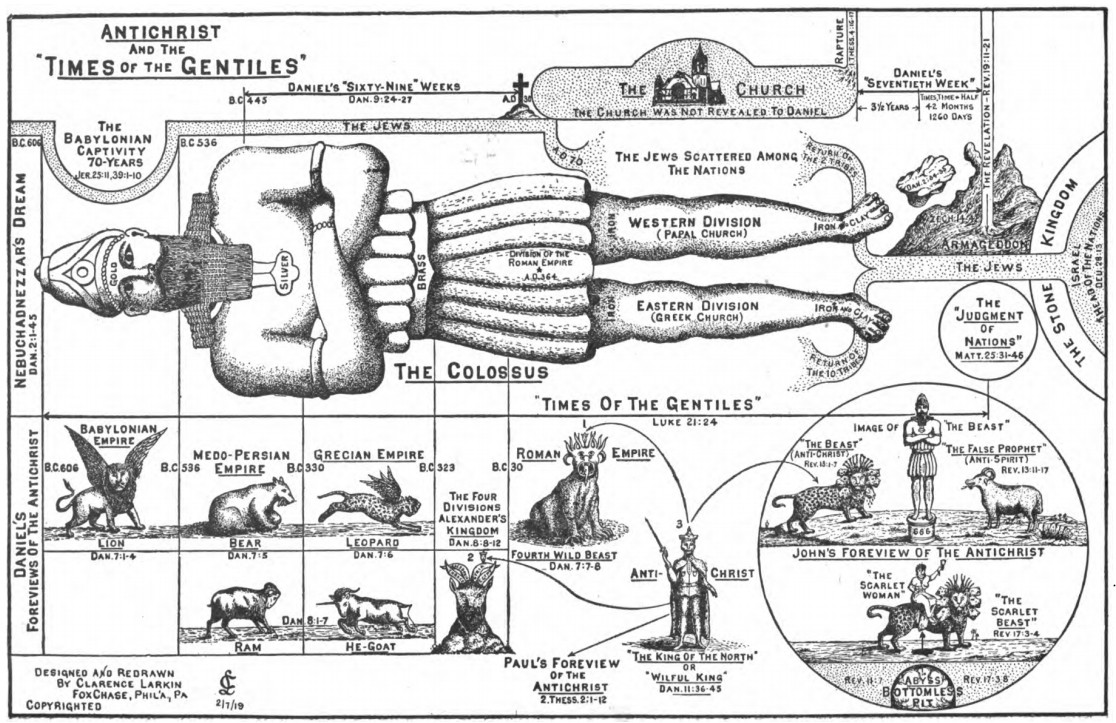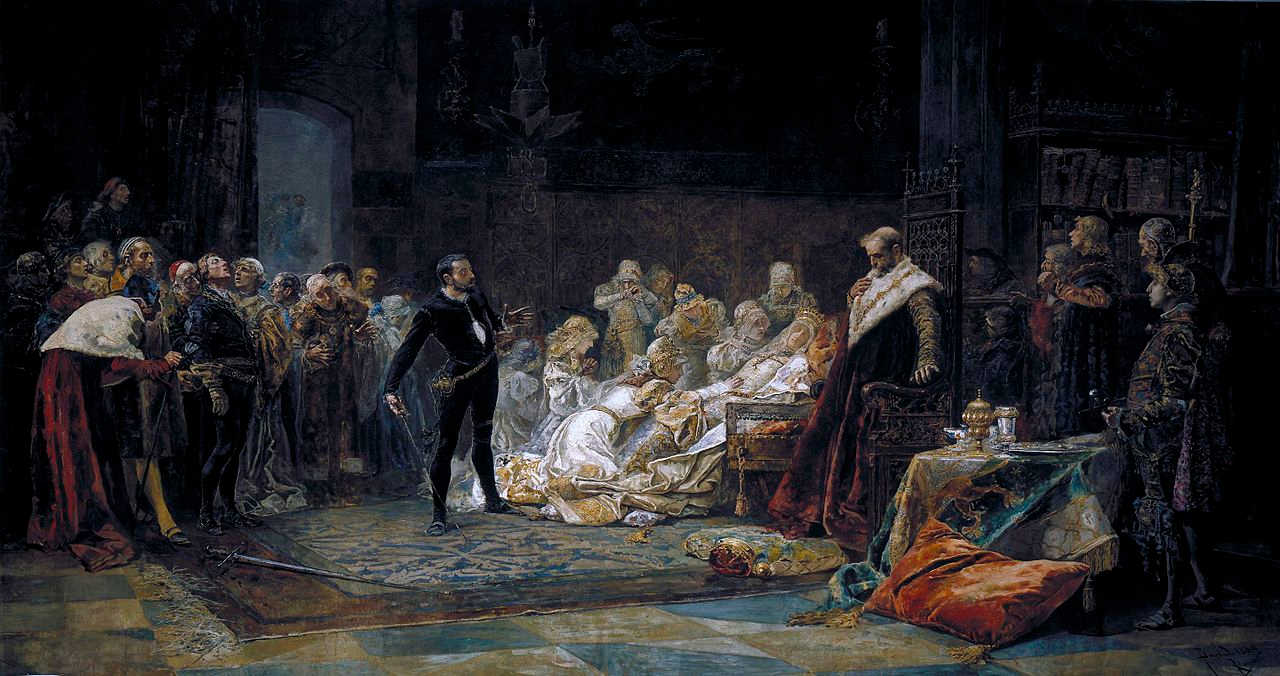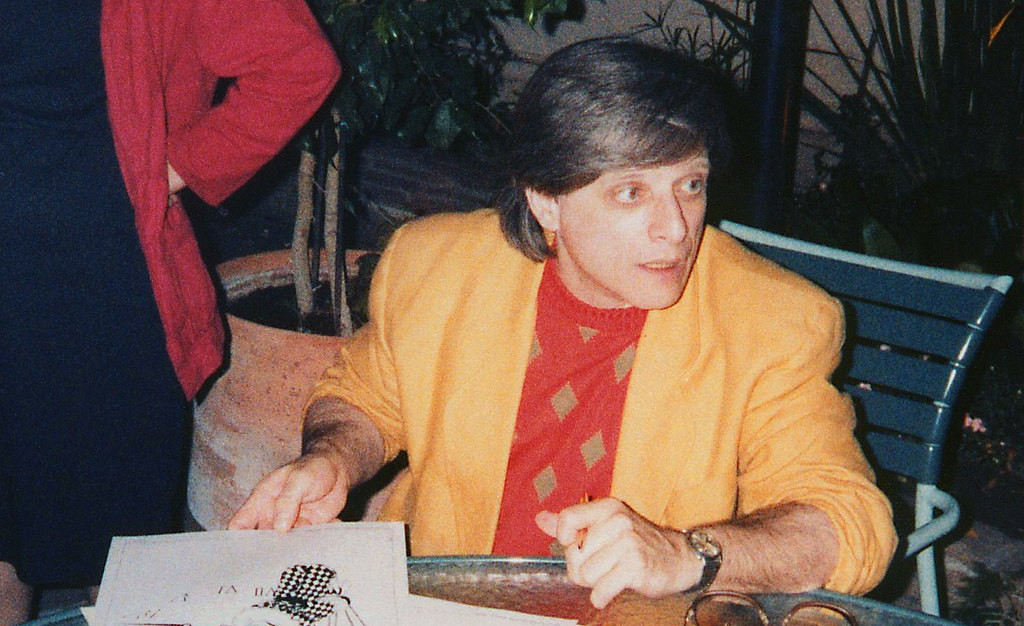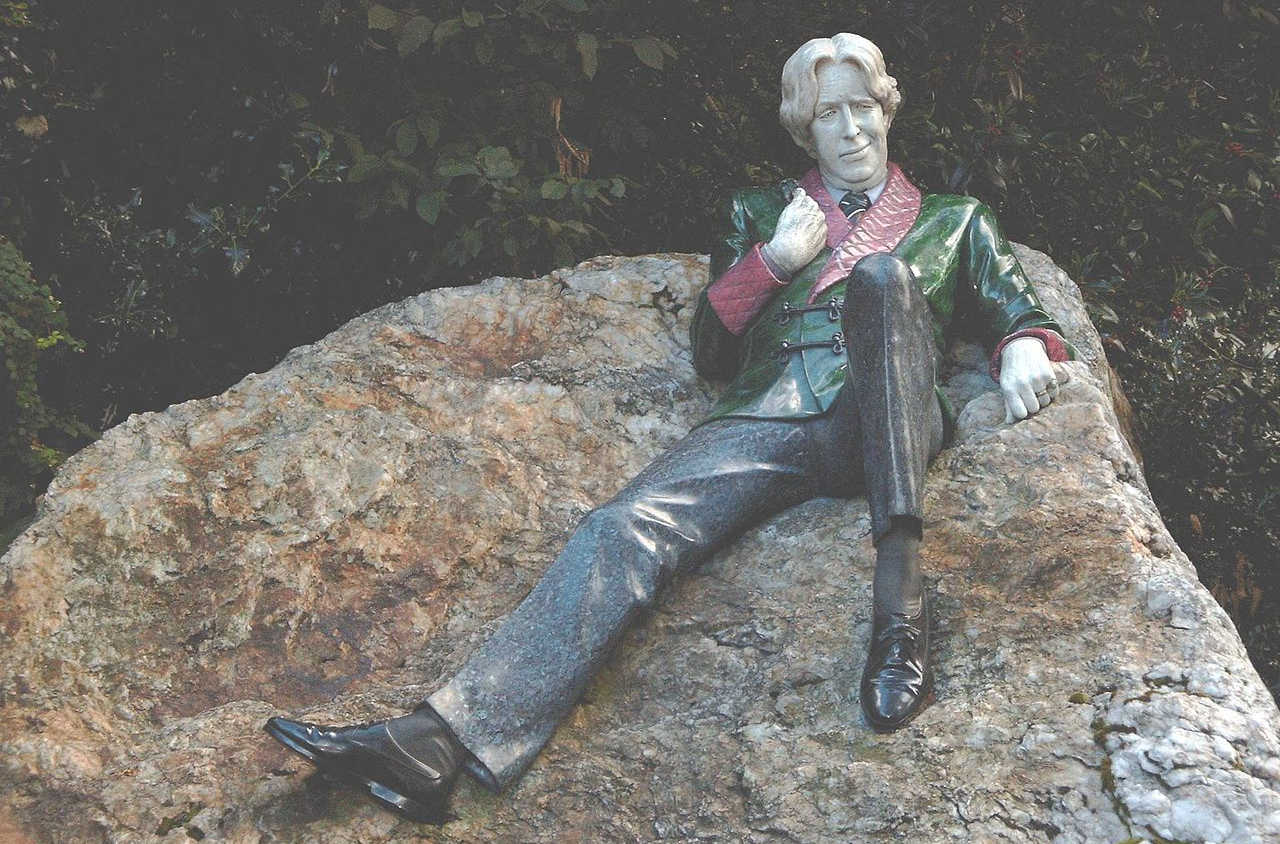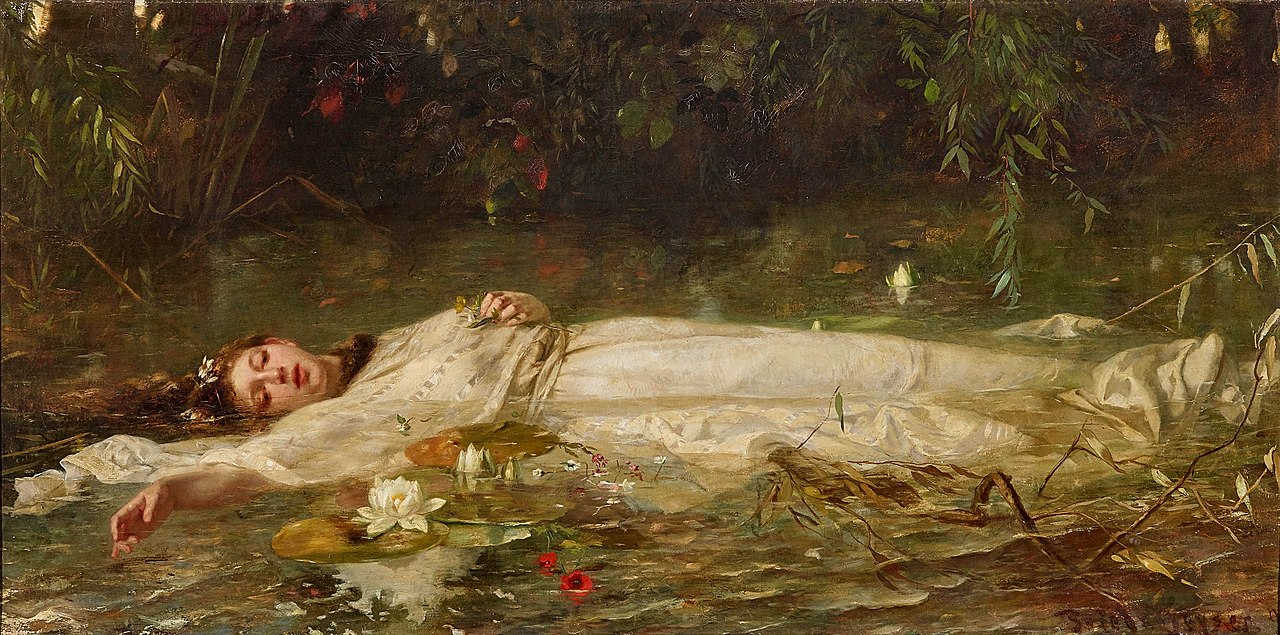Submitted by Joseph Hall for Life magazine’s 1915 short story contest:
They were two women, one young, radiant, the other gently, beautifully old.
‘But, Auntie, it’s such fun.’
The older rose.
‘Wait.’
In a moment she had returned. Two faded yellow letters lay upon the young girl’s lap.
‘Read them.’
Wonderingly the girl obeyed. The first read:
Dearest:
I leave you to John. It is plain you care for him. I love you. Just now it seems that life without you is impossible. But I can no longer doubt. If you cared, there would be no doubt. John is my friend. I would rather see you his than any other’s, since you cannot be mine. God bless you.
Will.
The other:
Beloved:
I am leaving you to the better man. For me there can never be another love. But it is best — it is the right thing — and I am, yes, I am glad that it is Will you love instead of me. You cannot be anything but happy with him. With me — but that is a dream I must learn to forget.
As ever and ever,
John.

